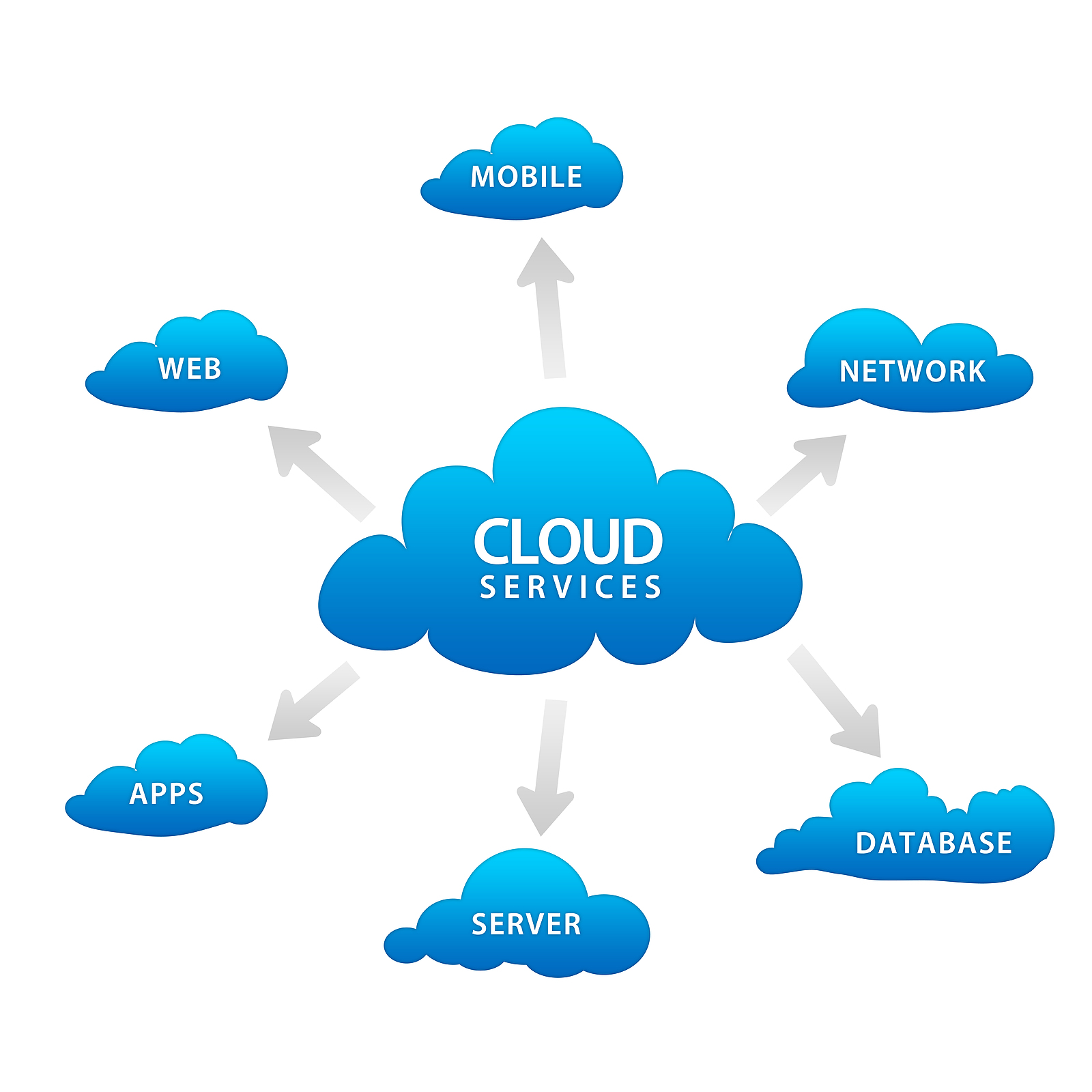Achieve Seamless Scalability With Cloud Services
In the ever-evolving landscape of cloud services, accomplishing smooth scalability stands as a keystone for contemporary companies seeking to stay competitive and versatile. The quest for seamless scalability with cloud solutions introduces a world of possibilities for those ready to embrace the transformative power of vibrant resource monitoring.
Benefits of Cloud Scalability
Cloud scalability uses companies the flexibility to dynamically readjust sources based on demand, ensuring optimal performance and price performance. In addition, cloud scalability advertises development and testing by permitting companies to easily examine brand-new concepts and scale them as required. Inevitably, the advantages of cloud scalability expand beyond cost savings to include enhanced efficiency, agility, and advancement.
Key Attributes for Scaling
Efficient scaling in cloud solutions depends on crucial functions that make it possible for organizations to adjust sources dynamically based upon demand. One vital attribute for scaling is elasticity, enabling sources to scale up or down in reaction to changing workloads. This ensures that companies can satisfy performance requirements without over-provisioning sources. An additional key feature is scalability, enabling systems to handle enhanced workload by adding sources seamlessly. This feature is important for fitting growth without endangering efficiency. Furthermore, automation plays a crucial function in scaling by automating the provisioning and de-provisioning of resources based on predefined plans. Automation reduces human intervention, enhances effectiveness, and ensures quick action to transforming needs. Monitoring and analytics devices are additionally essential for scaling, providing insights right into resource utilization, performance metrics, and prospective bottlenecks. These devices enable organizations to maximize and make enlightened choices resource allotment for effective scaling. On the whole, these crucial attributes collectively encourage organizations to achieve smooth scalability in cloud services.
Executing Auto-Scaling Methods
To successfully enhance resource allowance and adapt to varying workloads, companies need to strategically execute auto-scaling methods in their cloud solutions facilities. Auto-scaling enables systems to automatically readjust the number of compute resources based upon real-time demand. There are numerous auto-scaling techniques that organizations can use, such as predictive scaling, which makes use of historic data to forecast future source requirements, and responsive scaling, which reacts to current work adjustments.

Finest Practices for Scalability
For organizations aiming to improve their scalability in cloud services, applying best practices is important for ideal efficiency and resource monitoring. One key finest practice is designing applications with a microservices design. This method breaks down applications right into smaller sized, independent solutions that can be deployed, updated, and scaled individually, enabling greater adaptability and scalability.
One more essential practice is using containerization modern technology, such as Docker or Kubernetes. Containers allow the packaging of applications and their reliances right into isolated systems, making it easier to scale components independently and deploy them consistently across different atmospheres.
Furthermore, implementing automated implementation and infrastructure as code (IaC) can improve scalability efforts (linkdaddy cloud services). Automation tools like Terraform or Ansible assistance in provisioning and handling resources effectively, reducing manual errors and enabling quick scalability
Moreover, keeping an eye on efficiency metrics, establishing signals, and conducting routine ability planning are vital methods to guarantee aggressive scalability monitoring. By adhering to these finest methods, companies can accomplish smooth scalability in their cloud solutions while optimizing efficiency and resource usage.
Surveillance Performance Metrics
When analyzing the efficiency of cloud solutions click here now scalability, very closely checking performance metrics is vital for making certain optimal functionality and source allotment. By constantly tracking key efficiency signs (KPIs) such as action times, source, throughput, and latency use, organizations can get important understandings right this into the health and wellness and performance of their cloud facilities. Checking performance metrics enables for the very early discovery of prospective traffic jams or issues that could impact scalability, allowing positive steps to be taken to resolve them prior to they escalate.

Final Thought
To conclude, attaining seamless scalability with cloud solutions is essential for companies to enhance efficiency, boost development, and maintain high performance levels throughout peak times. By leveraging the advantages of cloud scalability, implementing auto-scaling techniques, making use of essential features such as elasticity and automation, and complying with best methods like application style and performance surveillance, services can effectively scale their systems while optimizing source usage and efficiency.
The pursuit for smooth scalability with cloud solutions reveals a world of opportunities for those prepared to accept the transformative power of vibrant source management.
Cloud scalability uses companies the flexibility to dynamically change resources based on demand, ensuring ideal efficiency and price performance. An additional key function is scalability, enabling systems to take care of raised work by including sources perfectly.For organizations aiming to boost their scalability in cloud services, applying ideal methods is essential for optimal performance and resource monitoring.When examining the performance of cloud services scalability, very closely keeping track of efficiency metrics visit the site is crucial for guaranteeing optimum performance and resource allowance.